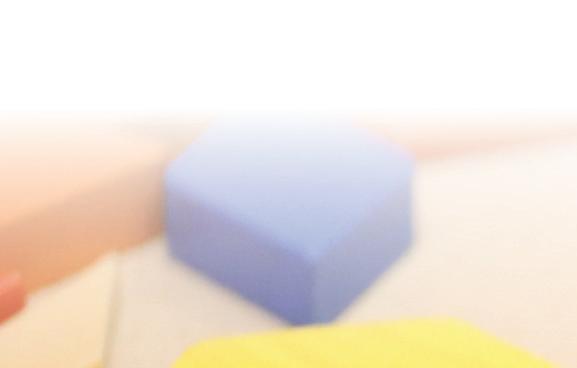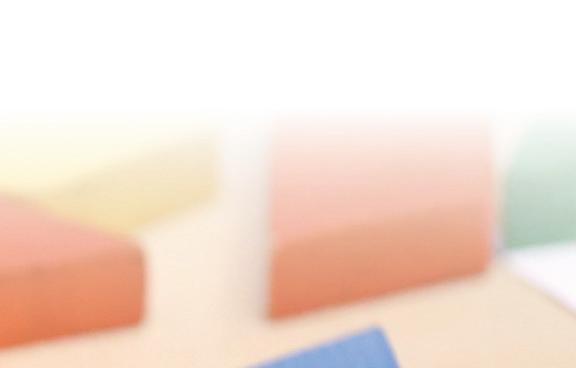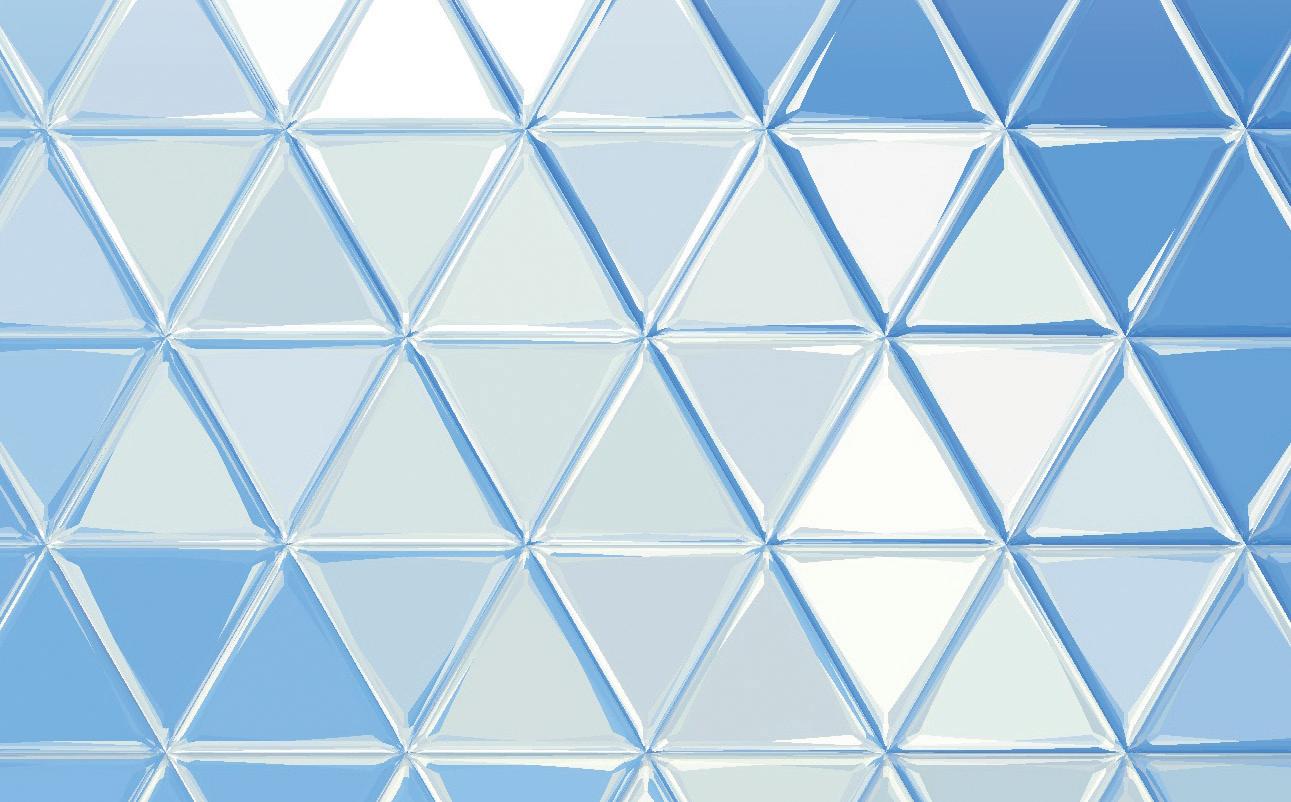
7 minute read
Project 1: Possibly odd
Project 1
Possibly odd
Sofia and Marcus are playing a game. They have two sets of 0–9 digit cards. 0 1 2 3 4 5 6 7 8 9 They spread one set face-up so they can see all the digits. They muddle up the cards in the second set and put them in a pile face down. Marcus turns over the top card of the pile. It is a 4. Marcus has to choose a face-up card to put with the 4. This will make a two-digit number. Which card should he choose to make the smallest possible odd number? Why? Try this for yourself with a partner. • Set out two sets of 0–9 digit cards in the same way that
Sofia and Marcus did. • Take it in turns to turn over the top card of the face-down pile and decide which card from the face-up row will make the smallest possible two-digit odd number with the card you’ve turned over. Talk with your partner about a good way of doing this each time. Try it lots of times so that you are sure your way works well. Can you explain your way to someone else? Or write it down? How would your way of playing change if you had to make the largest possible odd number?
2 Geometry

Getting started
1 Match each 3D shape to the 2D shape it fi ts. Which face will you use?
Look at the shapes not the colours.




This unit will use what you know about 2D and 3D shapes to explore faces, surfaces, edges and vertices. You will be introduced to three new 2D shapes: a pentagon, which has 5 sides; a hexagon, which has 6 sides and an octagon, which has 8 sides. Shapes can be cut into equal pieces. Each piece is a fraction of the whole shape.

2.1 3D shapes
We are going to … • identify and describe 3D shapes around us • sort and name 3D shapes.
You will see 3D shapes all around you but do you know what they are? This section will help you to recognise 3D shapes in different places. You will also learn more about spheres, cubes, cuboids, pyramids and cylinders. A vertex is a corner. ‘Vertices’ is the plural of ‘vertex’ and means more than one corner.
curved surface edge face vertex, vertices

Exercise 2.1
Worked example 1
Imagine painting one face of these shapes. Print that face onto paper.
Match each print to the 3D shape that it comes from.
I think this comes from the cuboid because the 4 sides are not the same length as each other.
I think this comes from the cube because it has four straight sides.
I think this comes from the cylinder because it’s the only shape with no straight lines.
1 Fill in the missing numbers.
This is a sphere. It has faces and vertices. This is a cuboid. It has faces and vertices. This is a cylinder. It has faces and vertices.
This is a squarebased pyramid. It has faces and vertices. This is a cube. It has faces and vertices.
2 How many faces are hidden?
Cuboid: faces are hidden
Tip
Remember that curved surfaces do not count as faces.
Cube: faces are hidden
Square-based pyramid: faces are hidden
Cylinder: faces are hidden
3 Draw lines from each shape to sort them according to their properties.
Has vertices Has no vertices
Sphere Cylinder Cuboid Pyramid Cube
Sort them in a different way. Write your own labels.
4
I am a 3D shape with 6 square faces. What shape am I? A cube.
Play this game with a partner. Take turns to describe the faces of a 3D shape. Ask your partner to guess what it is.
5 Draw 3 things that match these shapes. The fi rst one is an example.
Sphere
Cylinder
Cuboid
Square-based pyramid
Cube
Let’s investigate
Work with a partner. Make these shapes using four cubes.
Choose one of the shapes and write how you made it.
Share what you wrote with your partner. Can they guess what shape you chose?
Did your partner use the correct words to describe the shape? How could they improve their description?
Look what I can do!
• I can identify and describe 3D shapes around me. • I can sort and name 3D shapes.
2.2 2D shape and symmetry
We are going to … • learn about symmetry and lines of symmetry • identify, describe, sort, name and sketch 2D shapes • identify 2D shapes in familiar objects.
A 2D shape is flat.
Something is symmetrical when it is the same on both sides. A shape has symmetry if a line drawn down (vertical) or across (horizontal) the middle shows that both sides of the shape are exactly the same.
hexagon horizontal line of symmetry mirror image octagon pentagon polygon symmetry symmetrical vertical

Exercise 2.2
Worked example 2
Draw a line of symmetry on this shape.
Answer: This is the vertical line of symmetry.
Answer: This is the horizontal line of symmetry.
1 Find the symmetrical shapes.
Use a ruler to draw a line of symmetry on them.
1 2 add 1 2 equals the whole!
2 Draw a pattern each side of the lines of symmetry to make them symmetrical. The fi rst one is an example.
Tip Tip
Remember to make them a mirror image.
3 Draw the other half of these pictures to make them symmetrical.






4 Draw a symmetrical pattern using these shapes.
Use 1 line of symmetry. Your pattern can have a vertical or horizontal line of symmetry.
Remember a line of symmetry is a line that you can fold along to make both halves the same.
Tip
5 Draw 3 objects that match these shapes. The fi rst one is an example.
1211 10 1
2 9 3 8
6 7 5 4
Tip
Look around you. What can you see? What can you see?
6 Fill the triangles with small triangles and the squares with small squares. Fill the pentagons with dots, the hexagons with a colour and the octagons with stripes.
Sort the patterned shapes into the Carroll diagram.
5 or more sides Does not have 5 or more sides
Draw 2 shapes of your own and put them in the Carroll diagram.
7 Colour the rectangles. How many rectangles can you find?
8 How many different ways can you turn the triangle so that it looks different every time?
Draw round the shape to show the different ways.
9 Can you turn a circle so that it looks different? Explain your answer.
Let’s investigate

Work with a partner. Use up to 10 squares to make different symmetrical shapes. Always place the shapes edge to edge. Draw 2 different designs. Use shape and colour to show the symmetry.



What rule are you using when you make symmetrical patterns or pictures? Can you change the rule?
10 Colour all the shapes with more than 4 sides.
Circle Pentagon Rectangle Hexagon Triangle Octagon
Now sort these shapes. You can draw the shapes or write their names in the sorting circles.
Has 4 vertices or fewer Has more than 4 vertices
11 Work with a partner and take turns.
Describe a 2D shape. Do not say the name of the shape.
Ask your partner to guess what it is.
Look what I can do!
• I can recognise symmetrical shapes and patterns. • I can draw symmetrical shapes using a line of symmetry. • I can identify, describe, sort, name and sketch 2D shapes. • I can identify 2D shapes in familiar objects.



